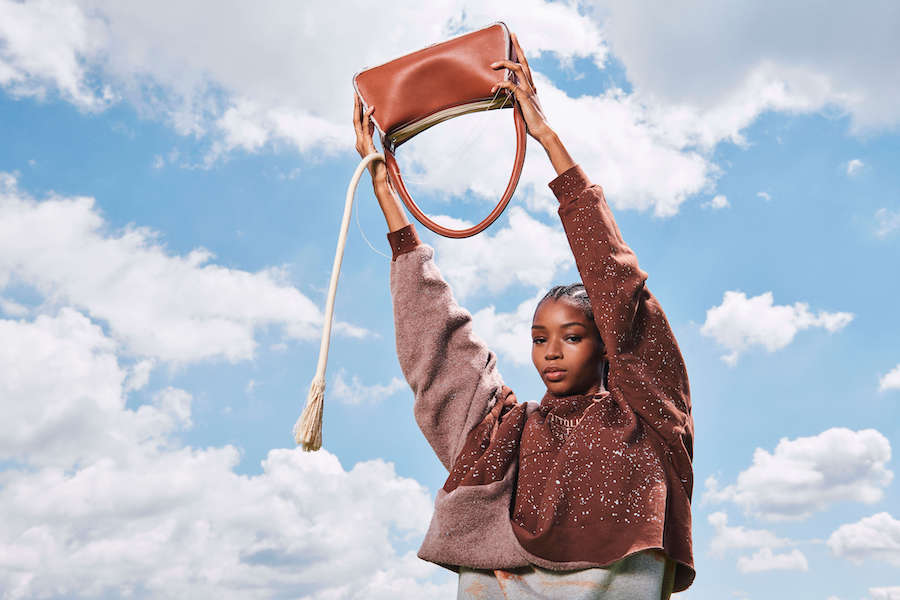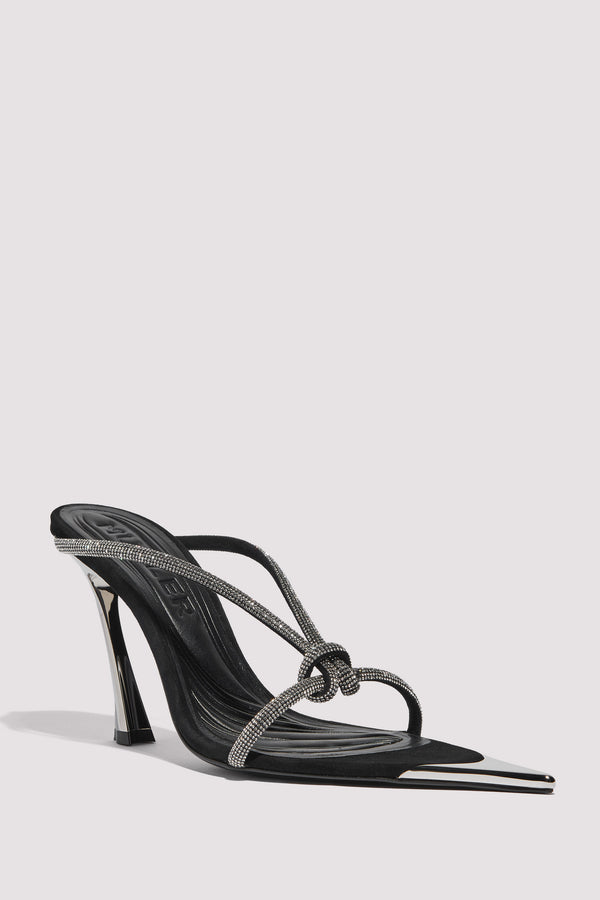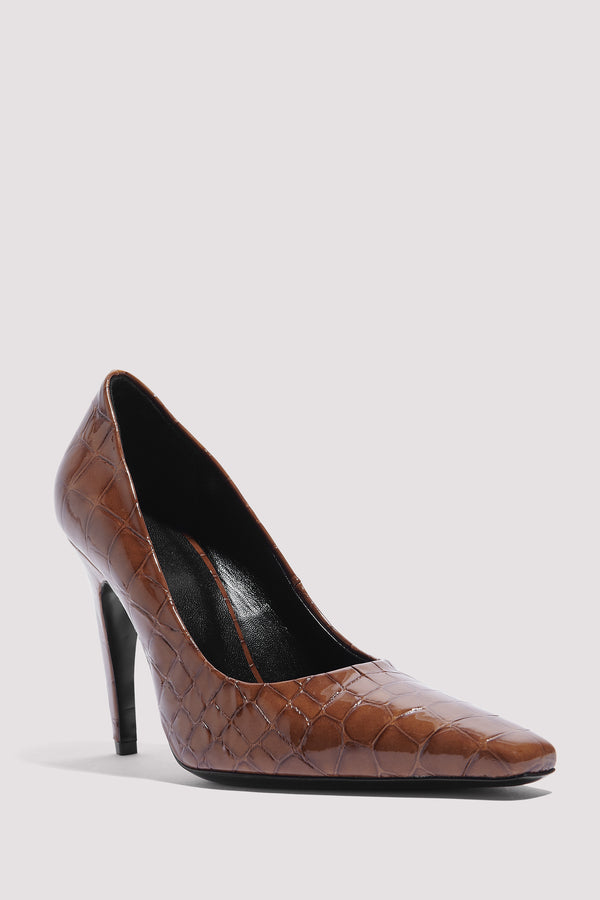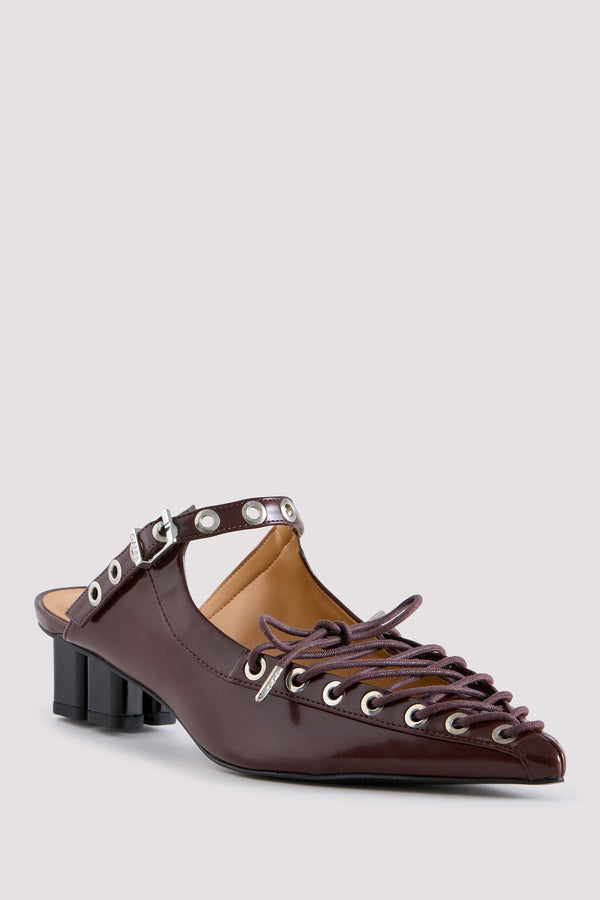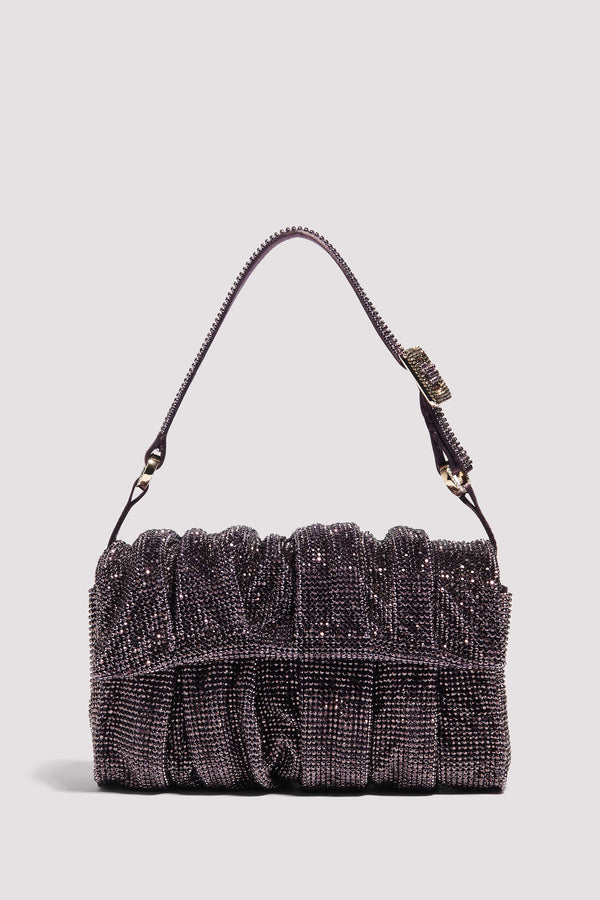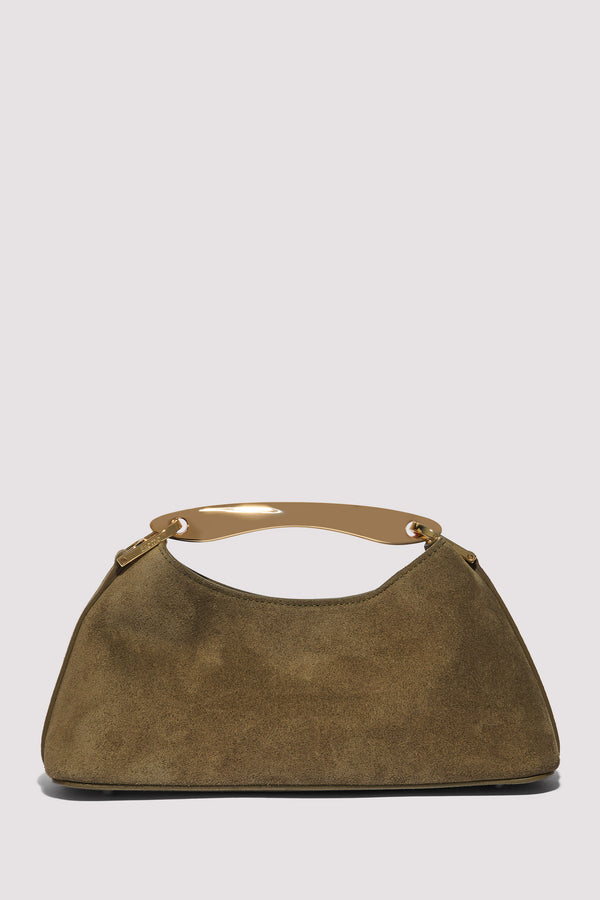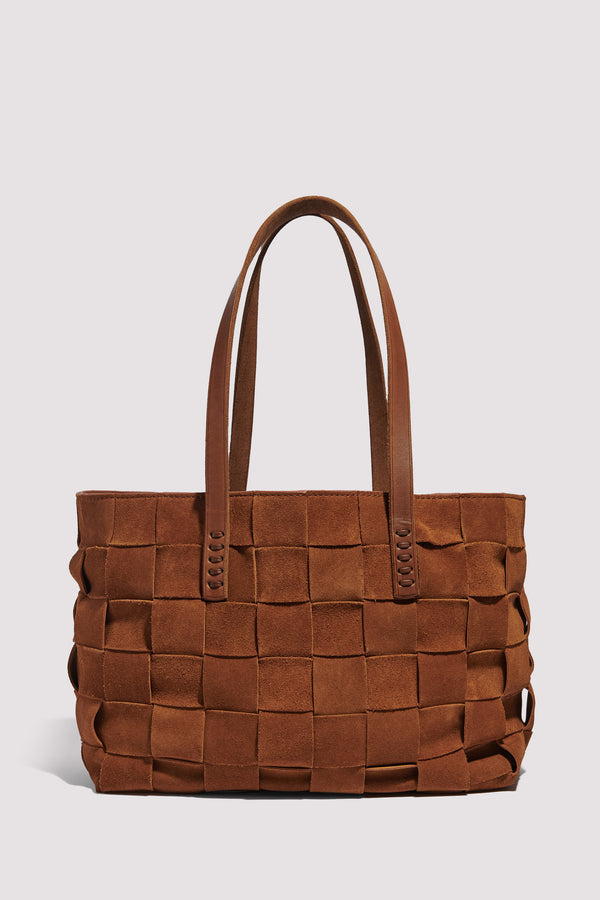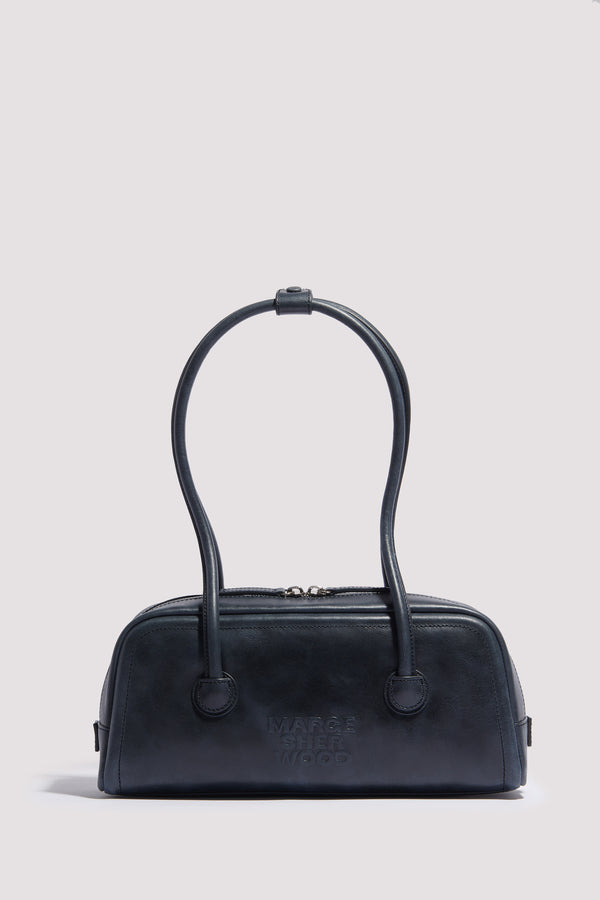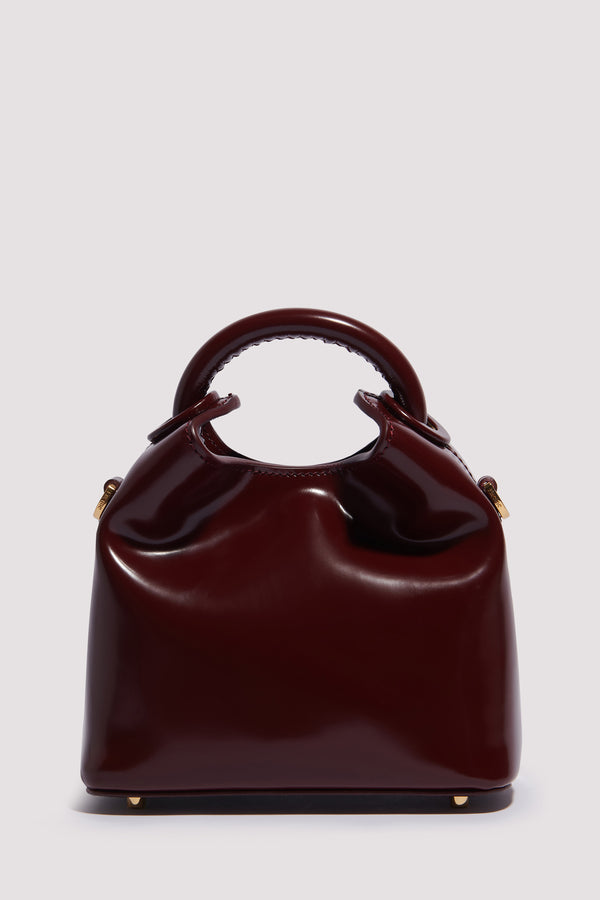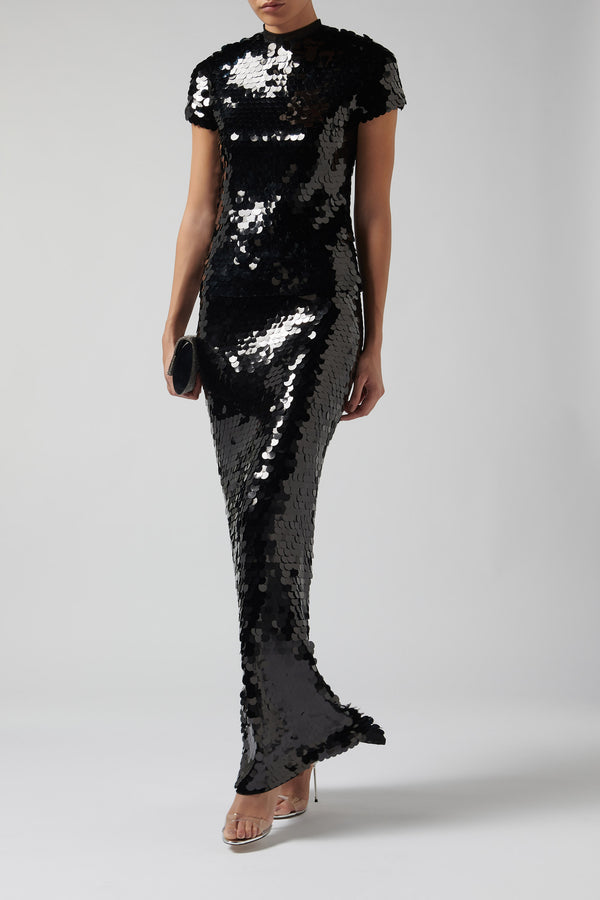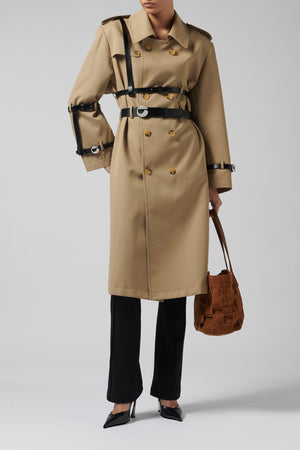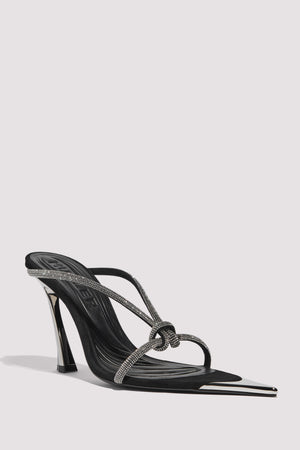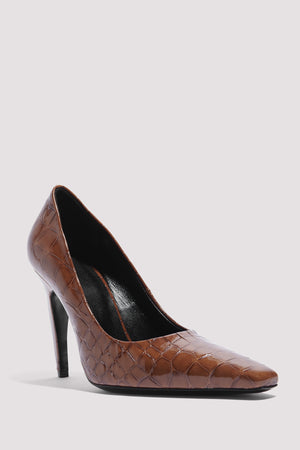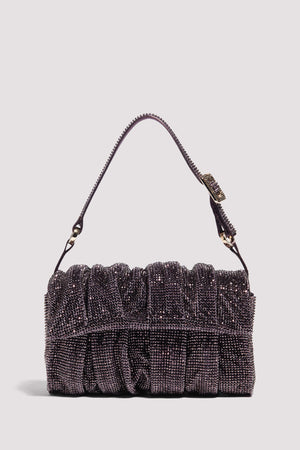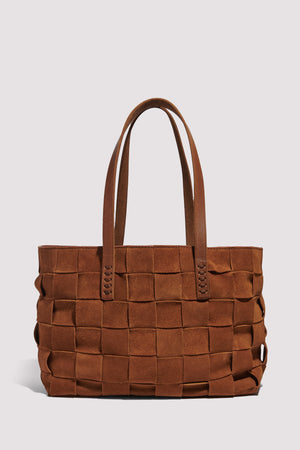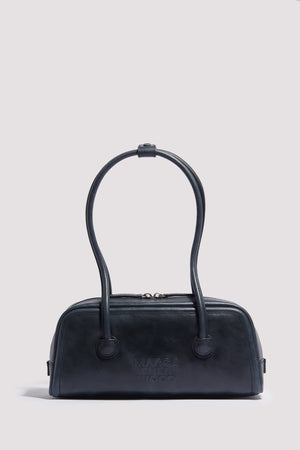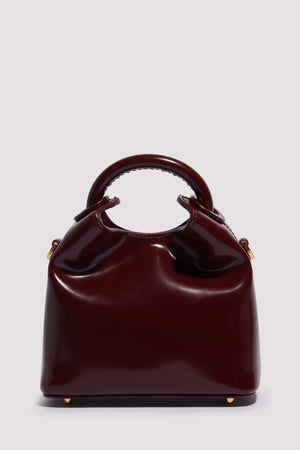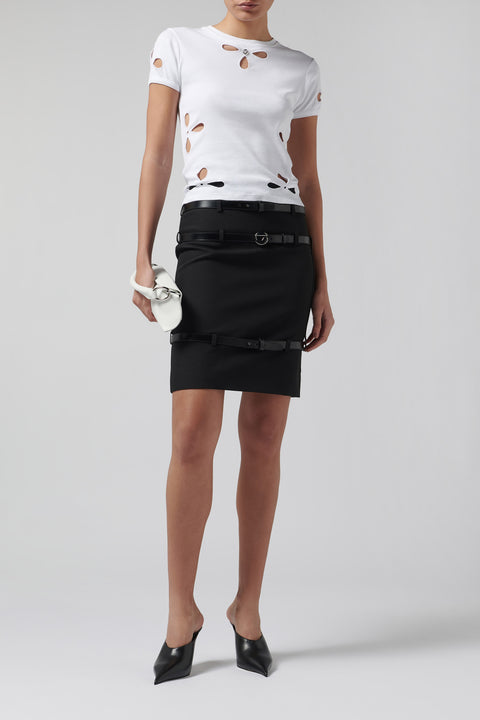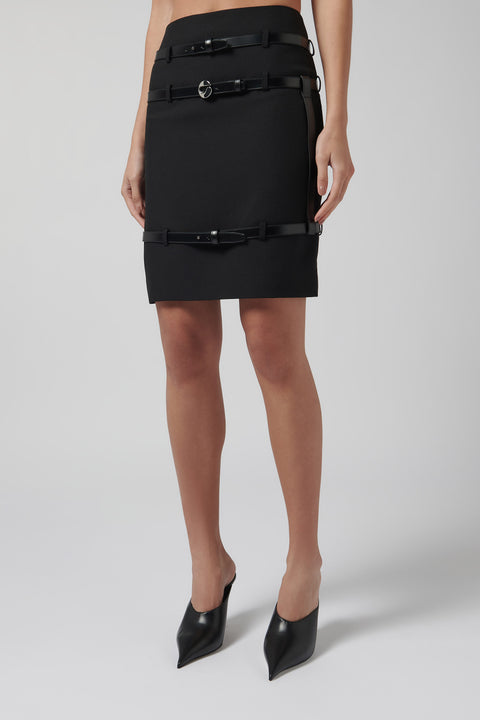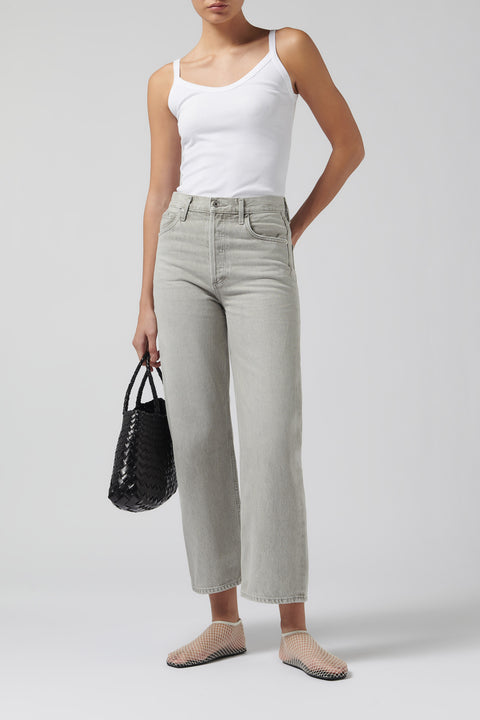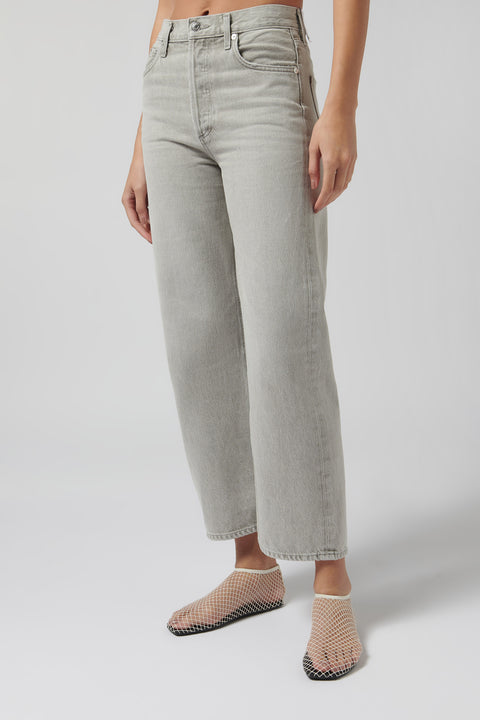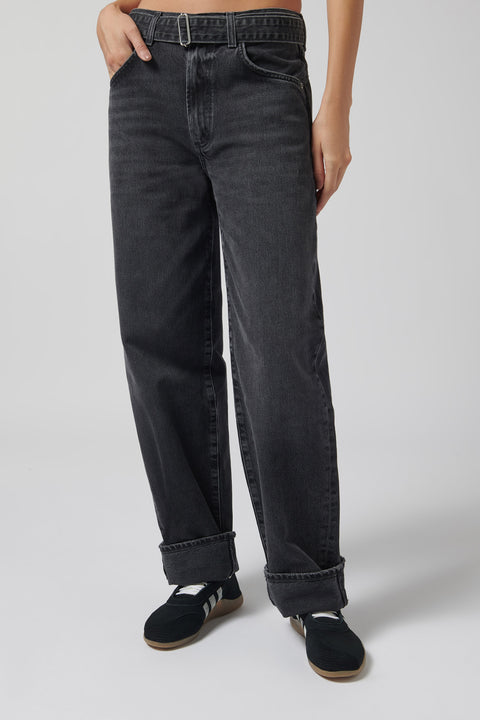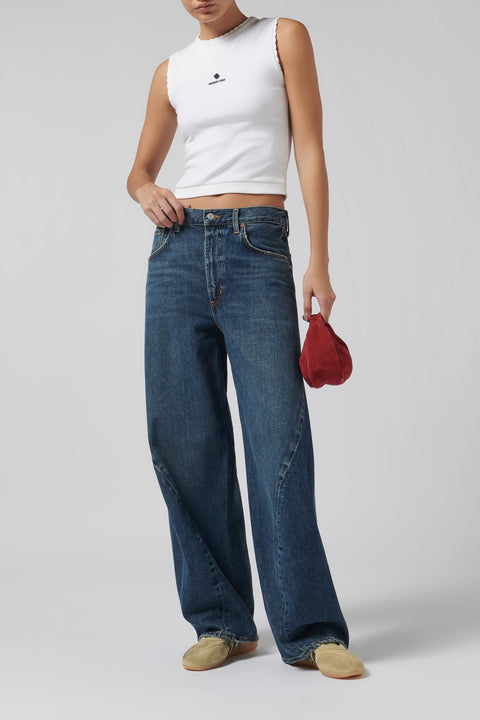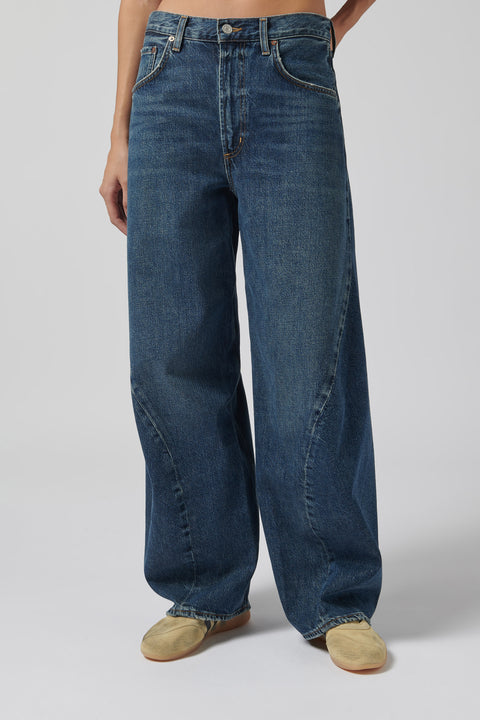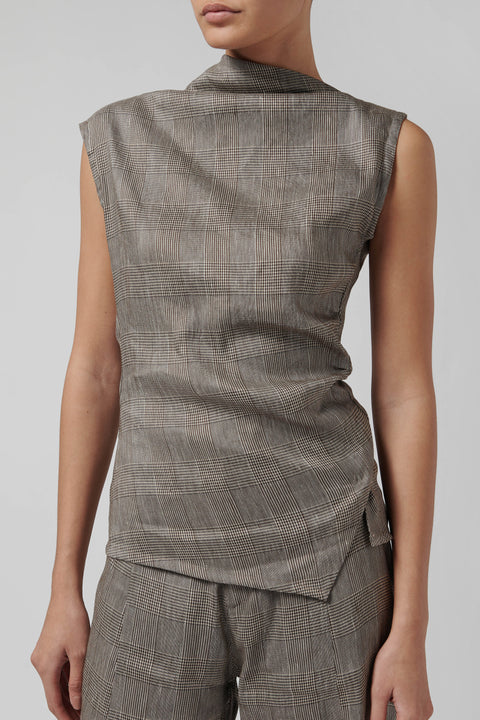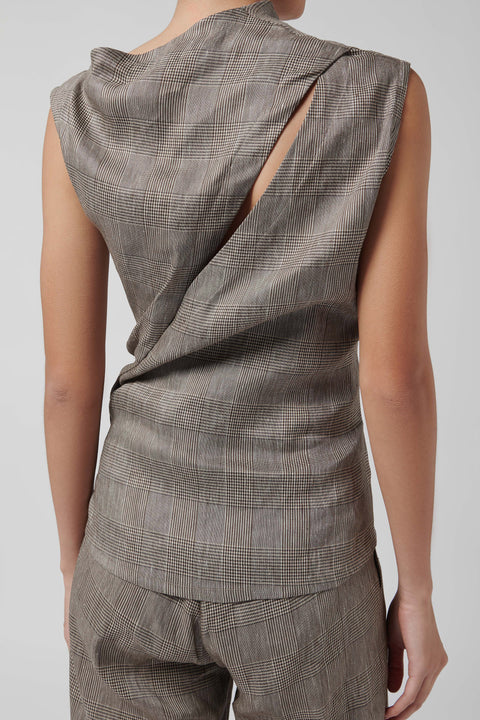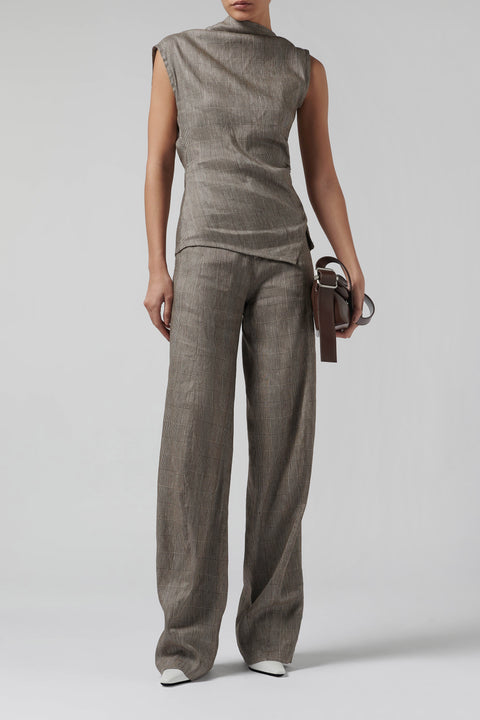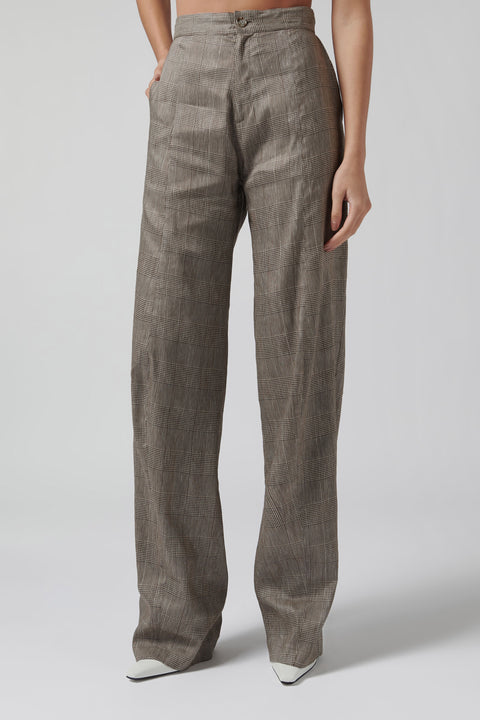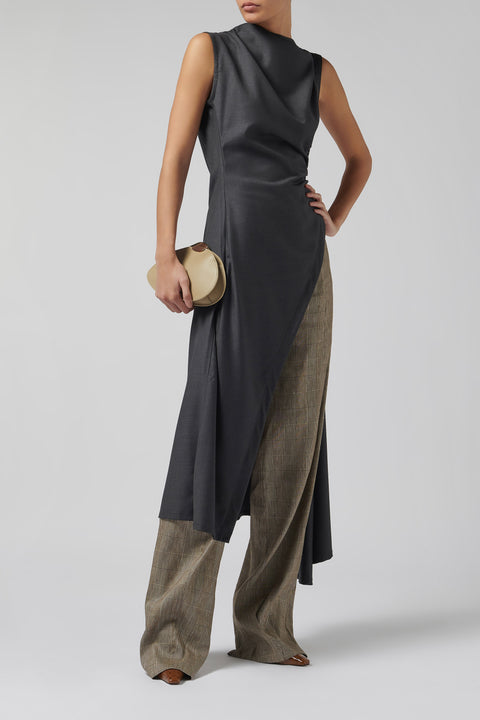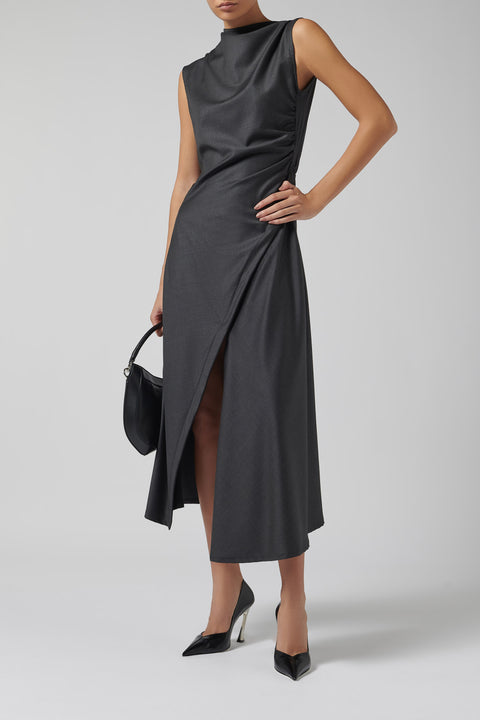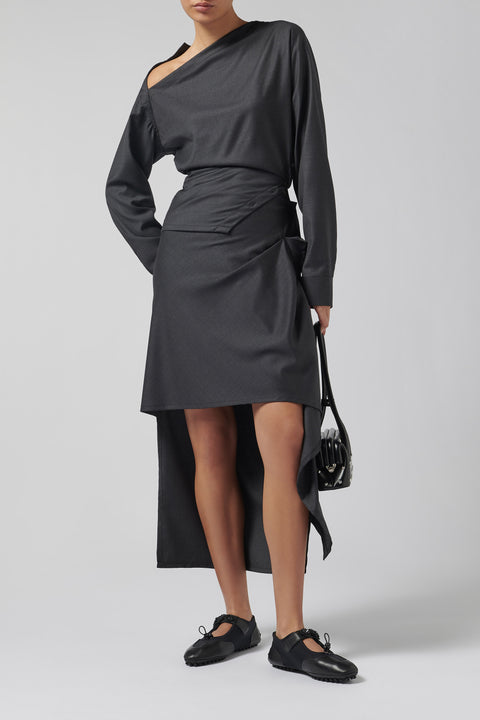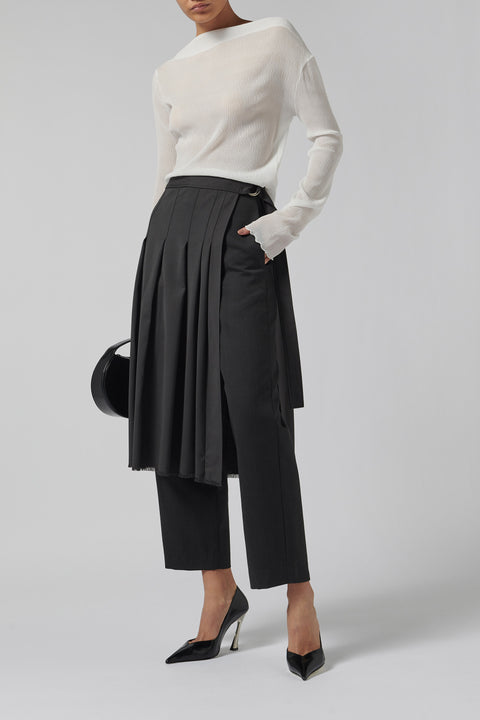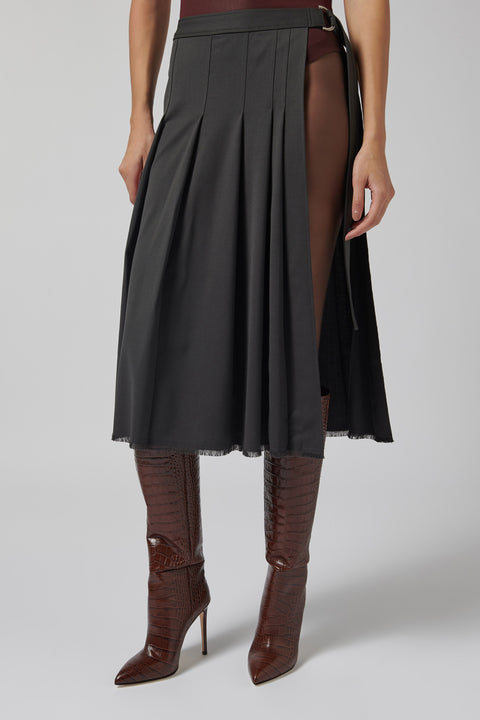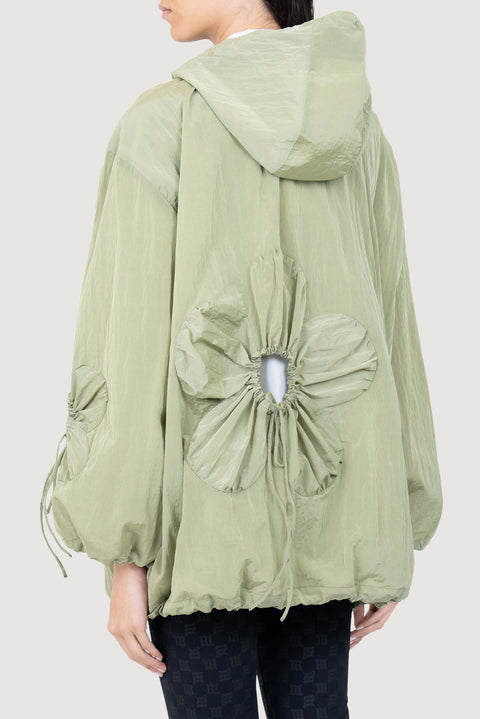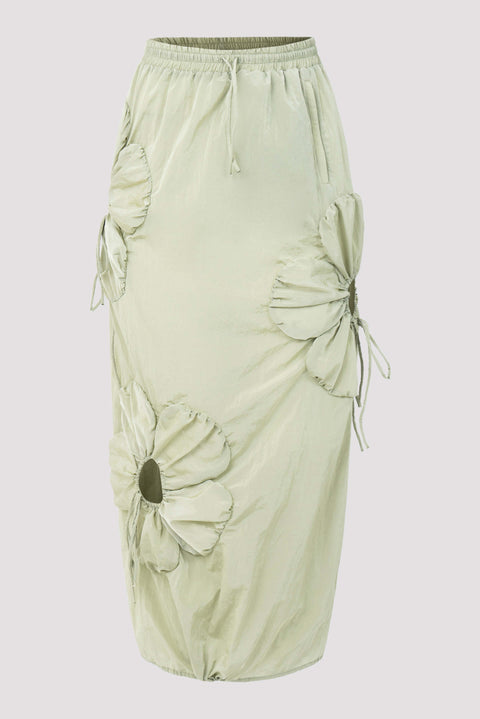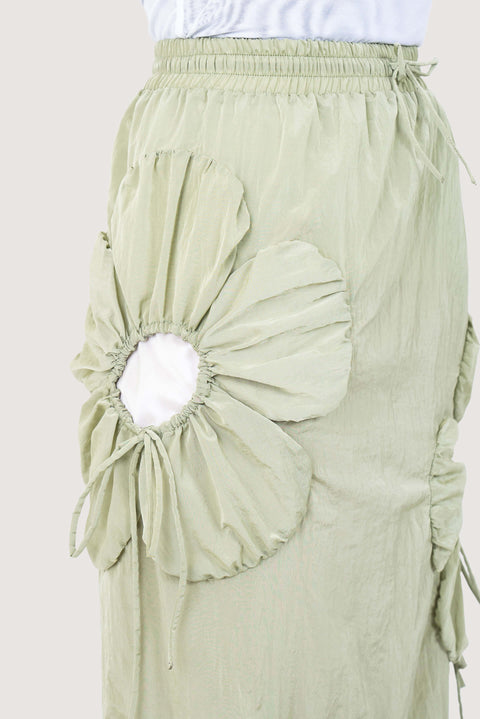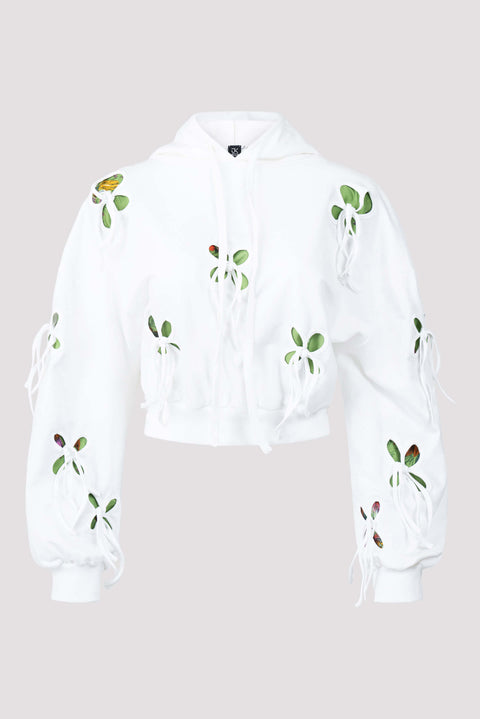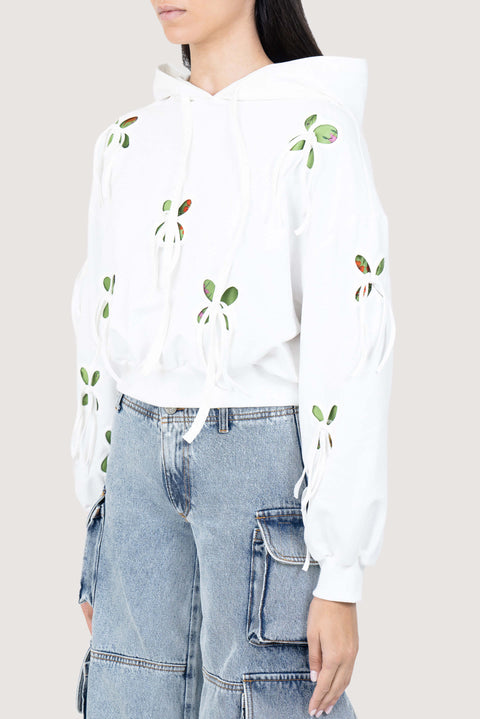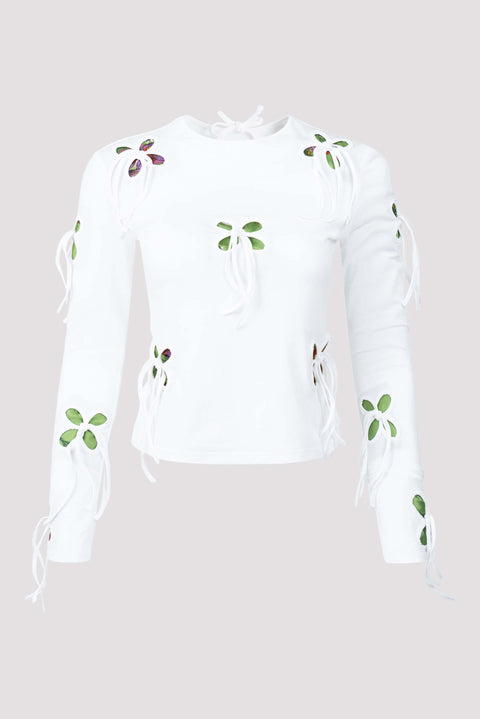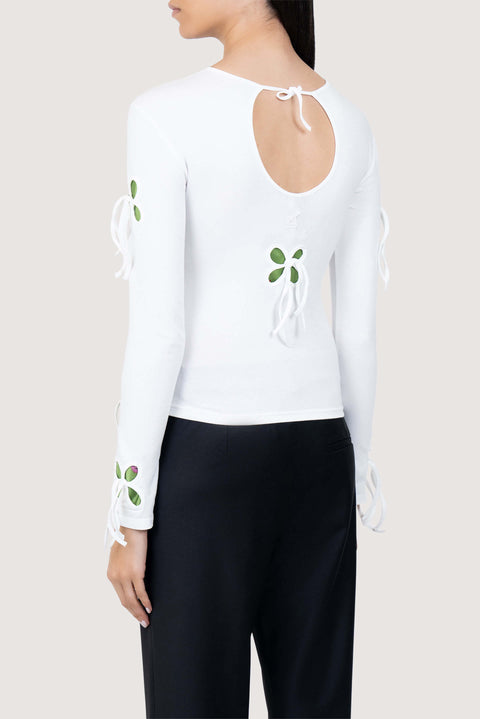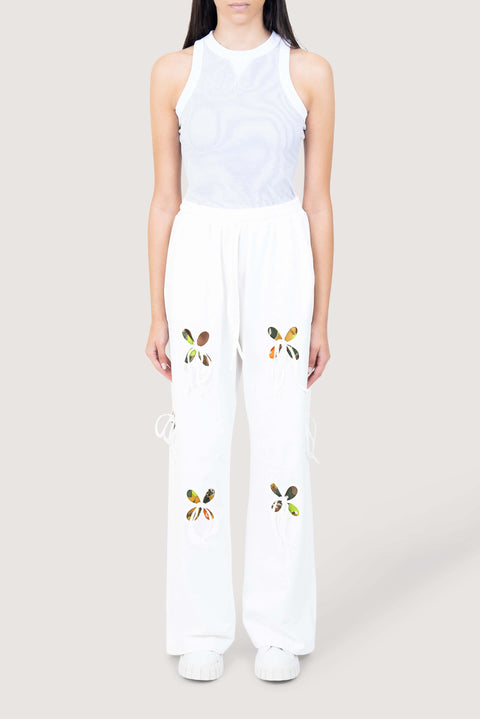The Fashion Interview with Jenia Kim
15th May, 2023
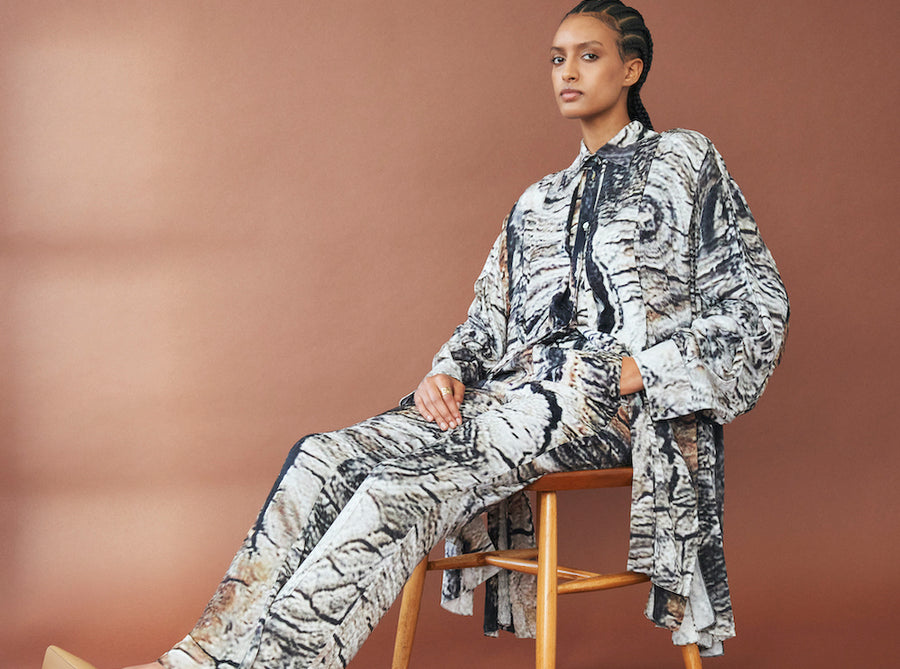
J.Kim is a label that when worn, instantly provokes conversation. The
brand’s dialogue-inducing designs, created by Uzbekistan-born Korean creative, Jenia Kim, are at once intricate and bold. Clearly a labour of love and craftsmanship.
Much of Jenia’s work has been focused on decoding her own roots, making sense of where she has come from and translating that into beautiful, wearable pieces that
take the customer on the same journey of discovery. It is this individuality and often personal meaning to her designs that make them feel so special as a result.
J.Kim designs also captures a strength that feels equally mirrored in Jenia. Created for women who she describes as “always ahead of the curve, intimately knowing what they like. They get what we do”, there is a sense that this too is Jenia. She is clear and rightly ambitious in her vision of what J. Kim can become and also how those in her family have helped to shape her vision of strong women.
For Spring/ Summer 2023, Jenia created an edit exclusively for Fabric of Society, fusing her trademark design details with the needs of a new audience who appreciate more modest style options. As this excitedly lands on site, we took the opportunity to speak more with Jenia about the collection and the J.Kim world.
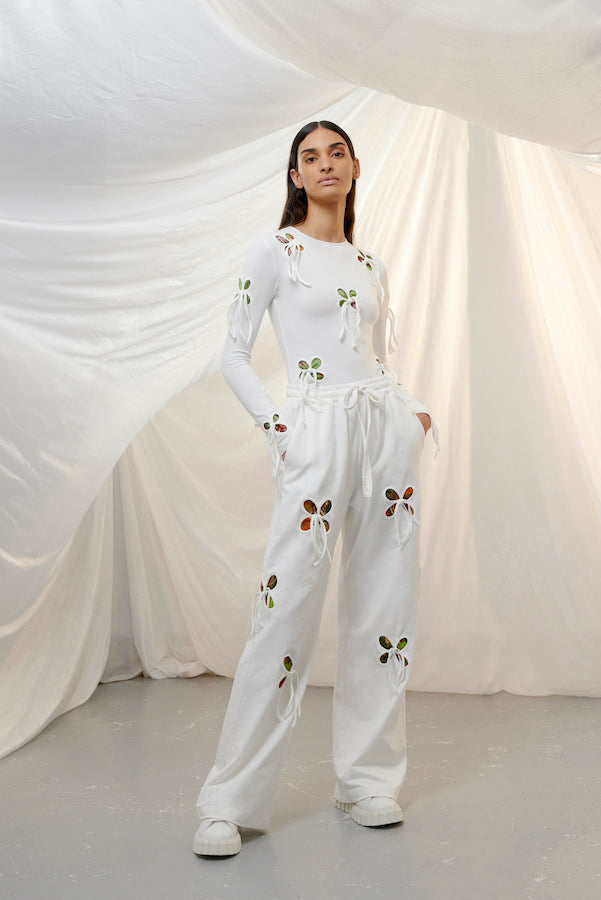

Fabric of Society: Many brands declare that they are designing for ‘the modern woman’. Who is she to you, and how do you define the J. Kim customer?
Jenia: Generally, for me, the modern woman is independent and dynamic. She belongs to and relies on nobody but herself, she makes decisions on her own. She moves, she progresses, she grows.
She balances her respect for traditions and family values with certain emancipation or an inner freedom. Dream J.Kim customers are women who work in arts and culture, artists themselves, or curators, or collectors. They are always ahead of the curve, intimately knowing what they like. They get what we do.
Fabric of Society: How would you like people to feel when they are wearing your designs?
Jenia: I would like people to feel protected, that’s what I aim to imbue my clothes with, especially when being inspired directly by home. It’s important for me to create items like that. For example, in some upcoming accessories, I refer to kuzmunchoq, a type of amulet popular in Uzbekistan and meant to ward off the evil eye. Hopefully the person wearing it might feel more comfortable, like they’re being given warmth and protection.
Fabric of Society: Your latest collection feels extremely relevant right now. Can you tell us a little more about how this central theme came about?
Jenia: The SS23 collection was created half a year ago. It is about borderline conditions from despair to hysterical laughter, my emotions when pondering our contemporary world. It is a work about questioning the importance of beauty in this day and age, cherishing moments that make us feel alive, attempting to fence ourselves off for protection whilst moving endlessly.
Fabric of Society: Your ancestry is a reference point for many of your creations and inspiration. Can you explain more about this, was it a way to continually educate yourself, others or both?
Jenia: Primarily, it’s my internal need, because everything I create is not just about me but is about my family’s groundwork and our destiny.
Early on as a kid, I realised that this is what I needed to be doing and that I had to become successful at it on behalf of my kin – we were always very hands-on and multiple aunts were seamstresses but nobody found fulfilment or realised their potential, no one made a statement out of their talent.
That’s why I often turn to family as a topic. I feel like mine is helping me move forward. It is my biggest source of inspiration and support, my warmest memories are related to them. I try to transpose that into my collections. To again convey that emotion, warmth, and sense of being taken care of.
Fabric of Society: Your incredible designs appear extremely labour-intensive and intricate. Can you explain more about the process of how you start at a point of inspiration and work your way to final designs?
Jenia: First I settle on a topic. Most often, it’s something that is constantly on my mind at that particular time, the emotions I go through. Then I do some research with people on that topic, someone that can inform me more. Then I create a mood board and start sketching. After sketches, we start selecting fabrics, doing fittings, creating test pieces, segueing into the long process of producing the final collection.
Fabric of Society: Can you explain more about the cut-out flower patterns on the current collection stocked at Fabric of Society? They are beautiful and must take a lot of work to create!
Jenia: Whenever I saw bindles of goods wrapped in sheets of fabric tied over itself in a knot – which is widespread across Uzbekistan – I always felt attracted to those knots without being able to rationalise it. References to those knots first appeared in my 2018 dowry-themed collection and later in my 2020 collection themed around Koryo-saram, my fellow ethnic Koreans.
Later, I unearthed a VHS tape of my grandmother and other family members wrapping my aunts’ dowry in this traditional manner, tying layered contrasting sheets over themselves to create the knots, while a young me watches curiously in the background. It was a shocker for me to find that recording and realise that the puffer jacket I have created looks just like the knots in the recording, all while I hadn’t been able to explain my fascination with the form.
With that landmark puffer, I used to explain it to myself by imagining my wandering Korean ancestors carrying multiple bindles with cherished possessions on their body, and in the jacket itself, the inserts of vintage fabric symbolised those. This knot motif becomes reworked for different fabrics, for example becoming more delicate petal-shaped cut-outs on thin jersey.
Fabric of Society: What can we expect from J. Kim next season for FW23?
Jenia: After a darker era, I wanted to create something more upbeat for FW23. The image of a dressed-up woman was the beginning of my inspiration. In our case, it is almost a homage to a specific type of woman, a matrona from Uzbekistan that loves layering and bright colours, but the collection can also be dedicated to all women who think their image through in great detail.
There will bolder fabrics like crushed velvet, velour, and faux fur, and there will be more colour this fall. Customers have been sharing that it cheers them up when they dress up so we tried to consider how they feel when putting clothes on and how it can feel like a form of therapy.
Fabric of Society: The pieces you have designed for Fabric of Society have taken into consideration the desire for more modest dressing. Was it interesting as a designer to take a different approach?
Jenia: First of all, I have a great respect for everybody’s traditional cultures and religions. I have a deep interest in adapting my clothes for Muslims, and generally for people who would prefer something more modest, because I myself don’t feel very comfortable showing too much skin.
The challenge was also relatable for me as someone coming from the prevailingly-Muslim Uzbekistan as, traditionally, revealing clothing is not worn here either. The idea had been on my mind for several years, there just had’t yet been an occasion to act upon it. I would like to expand this in the future, beyond closing the cut-outs to developing headwear and whole new garments for women with similar values.
Fabric of Society: What stands out to you in the GCC region from a style and expression perspective?
Jenia: I feel like women from countries such as Kuwait and the other GCC regions are more high-femme and specific in what they wear. Often, you meet ladies paying special attention to details like purses, heels, and make-up. It sets them apart – compared to, say, Europe, where everyone tends to dress more relaxed.
I love this dressier aesthetic. I would love to create more dressy things. I’ve met so many successful and self-sufficient women that combine this meticulous look with both having a career and taking care of their family. I am attracted to that.
